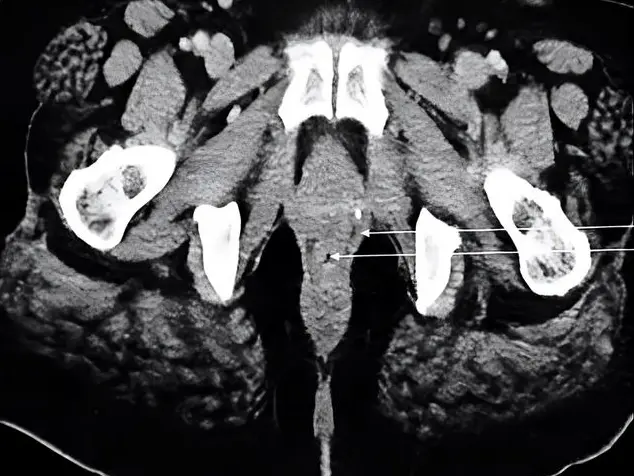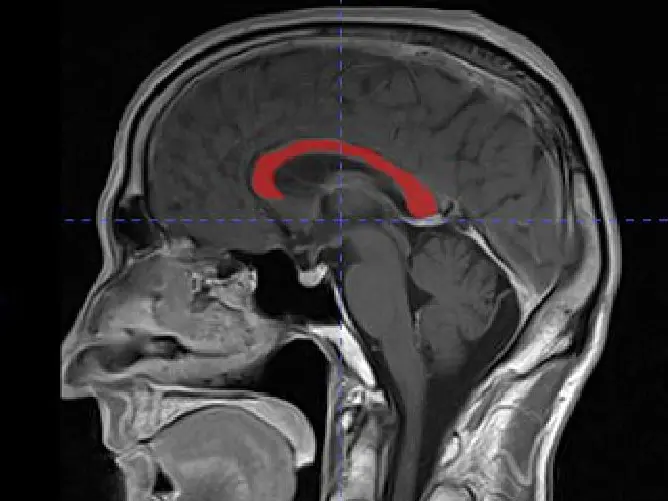Coronary arteries take origin from the sinus of Valsalva present at the aortic root bounded by a circumferential ridge called sinotubular junction (STJ). Developmentally, the location and morphology of these ostia may vary, and can cause variations in origin of coronary arteries and further complications in any interventional cardiac procedure. This has made it necessary to find the variation in number and location of ostia, their size, shape and relation with surrounding structures. The present study included 40 formalin-fixed cadaveric hearts. The average diameter of the right coronary ostium (RCO) was 3.1 mm and the left coronary ostium (LCO) was 4.2 mm. With regard to the shape of the ostium, the RCO was described as circular in 92.5% (37/40), horizontally elliptical in 7.5% (3/40) of cases. The LCO was circular in 90% (36/40), horizontally elliptical in 5% (2/40) of cases. The RCO was located below STJ in 65% cases (26/40), at STJ in 22.5% (9/40) and above STJ in 22.5% (9/40) cases. LCO were below STJ in 50% (20/40), at STJ in 27.5% (11/40) and above STJ in 22.5% (9/40) cases. Multiple ostia in single aortic sinus were recorded in 24.4 % of cases. The study of the location, shape and morphometry of coronary ostia is essential for any cardiac interventional procedures done for diagnostic and therapeutic evaluation.
Abbreviations:
LCO – left coronary ostium
RCO – right coronary ostium
CO – coronary ostia
STJ – sinotubular junction



